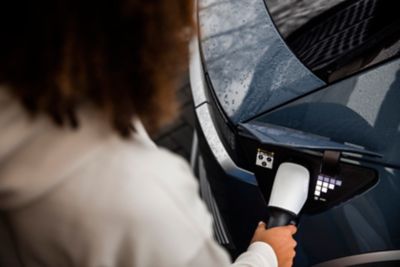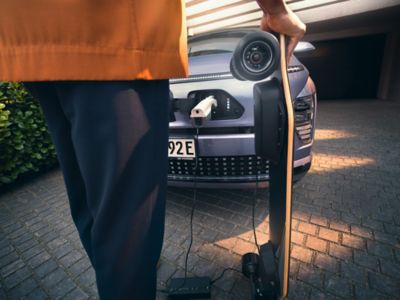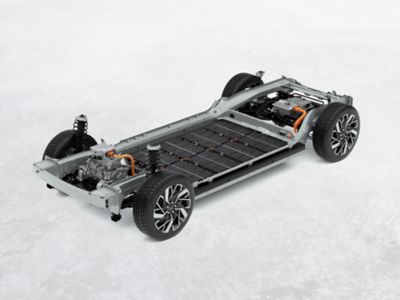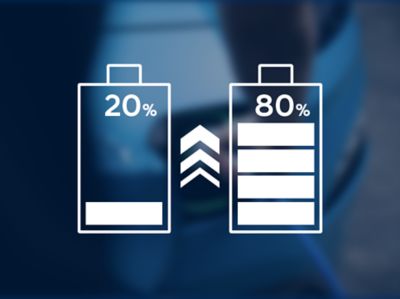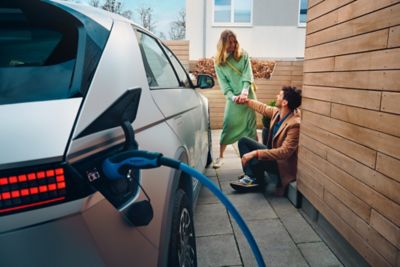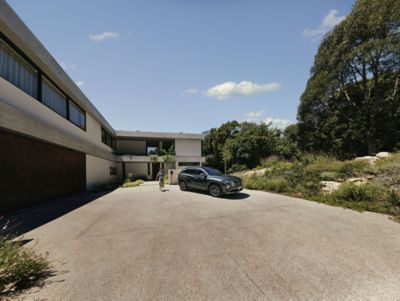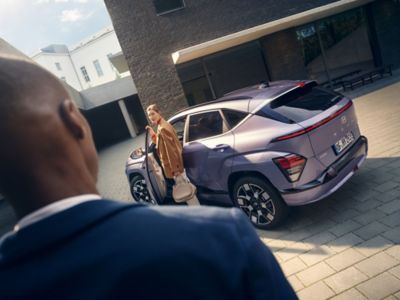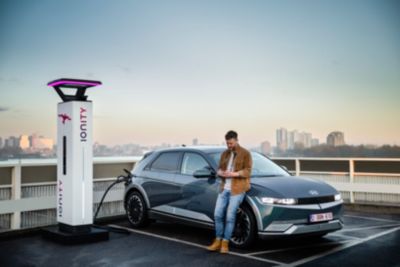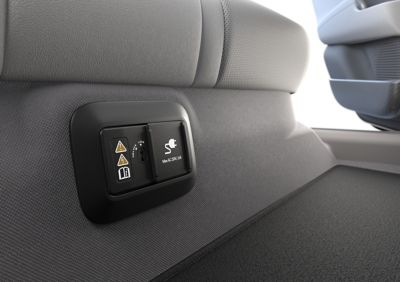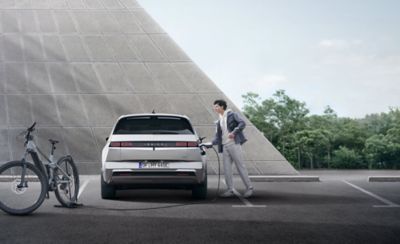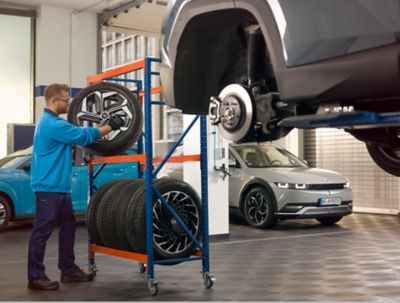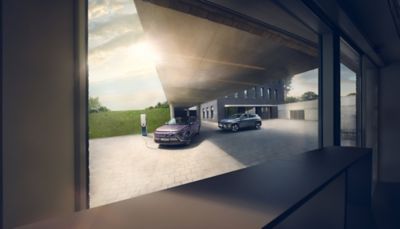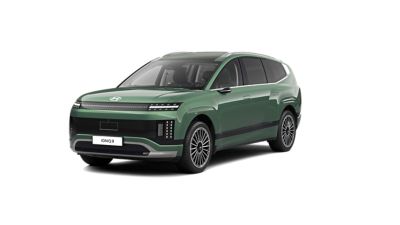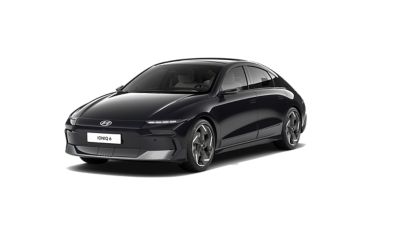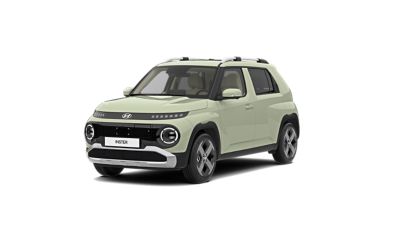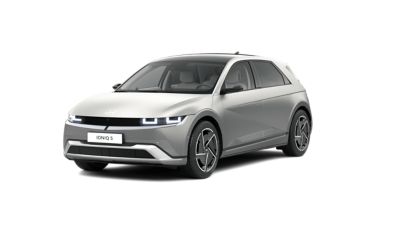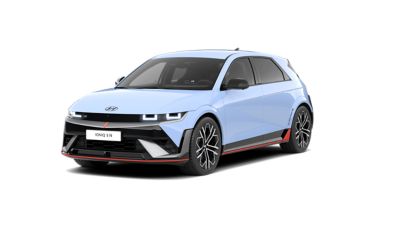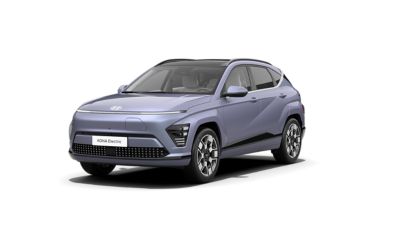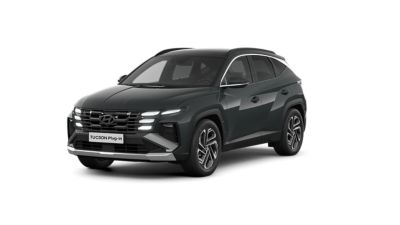Faster, closer and more affordable.
Charging your electric vehicles has never been easier. City and national governments all over Europe are fast-tracking new charging stations in cities, shopping centres and on highways. And electricity is cheaper than petrol and diesel, so you’ll save money in the long run.
Technology
Normal AC and fast DC charging.
Watch how fast and flexible charging IONIQ 5 is.

Factors that affect charging times.
How often do you need to charge?
Set the bar according to your daily commute and calculate the number of days between charges.

INSTER
days
KONA Electric
days
IONIQ 5
days
IONIQ 9
days
IONIQ 6
days
Just as there is a range of factors that affect the fuel efficiency of an internal combustion engine (ICE), the total electric driving range will be affected by the size of the battery, your driving style, the outside temperature, any passengers you are carrying and more.
Home Charging
Charge at home.
Public Charging
Charge on the road, at the shops, and at work.
V2L charging
Off the grid with V2L: a power bank on four wheels.
Discover more about our electric vehicles.
Discover our electrified vehicles.
*Range shown is according to WLTP combined cycle. Driving range may vary slightly depending on road conditions, your driving style and the temperature. It is also is dependent on the type of tyres equipped. Technical data not final.
** Charging time is based on charging with on 32A wallbox and 3.3 kW OBC. Charging times may vary depending on available charging conditions, including charger type and condition, battery temperature and ambient temperature at point of use.
*** This model is not yet available for sale. Official technical data and range of this model are pending final homologation.
